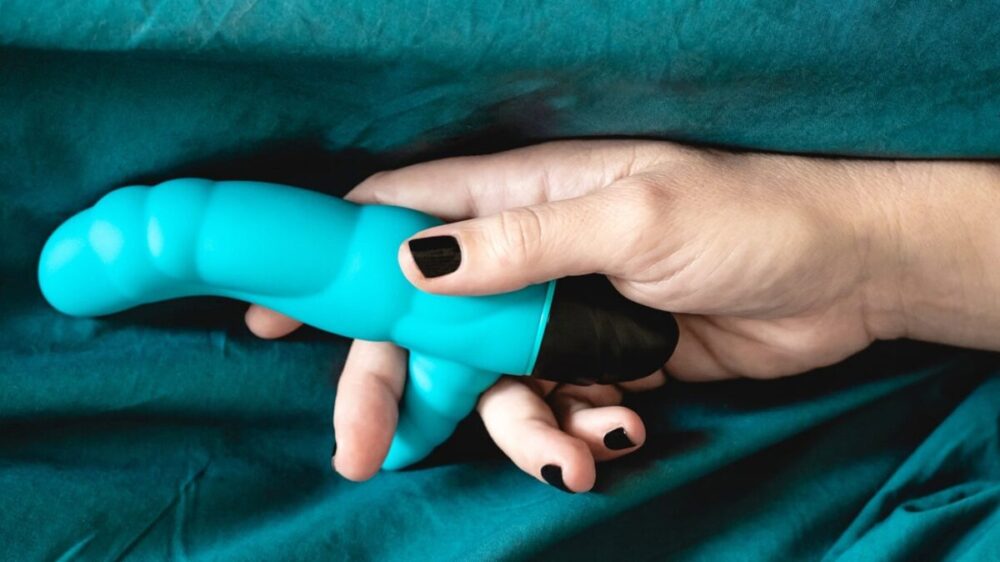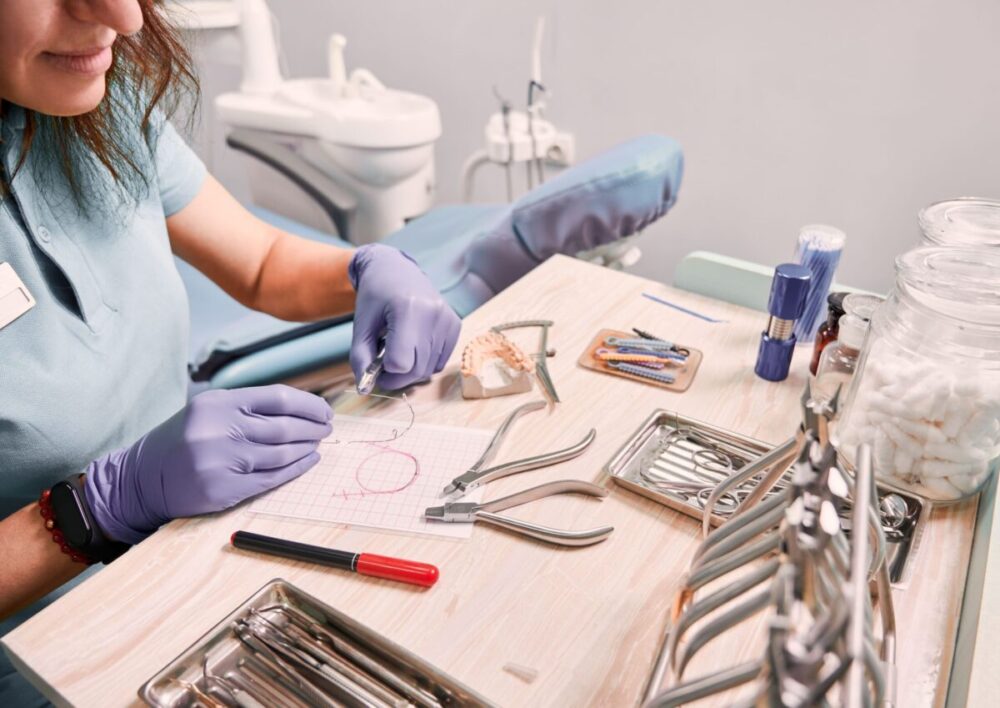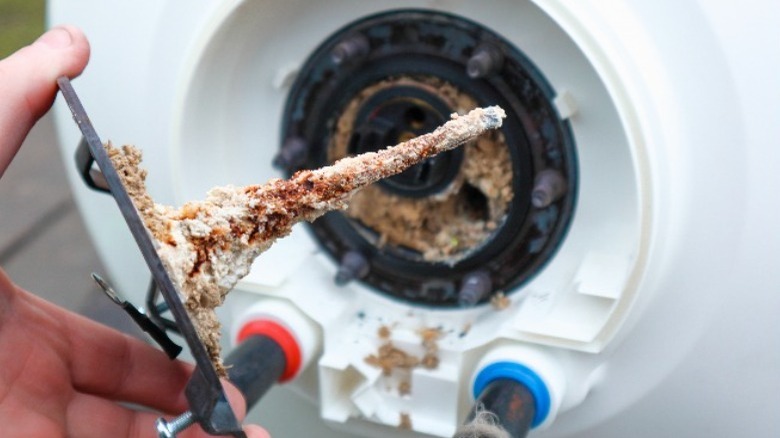Before anything lights up, vibrates, or brings joy behind closed doors—there’s one question too many people skip: What is this made of?
And not in a chemistry-class way, but in a real, intimate sense. When you’re choosing a toy for your body or sharing it with a partner, the material isn’t just part of the product—it is the product. It determines how it feels, how you clean it, how long it lasts, and ultimately, whether it supports or compromises your well-being.
It’s about being informed and giving yourself the kind of pleasure that doesn’t come with hidden risks or silent irritation later.
The Material That Sets the Standard
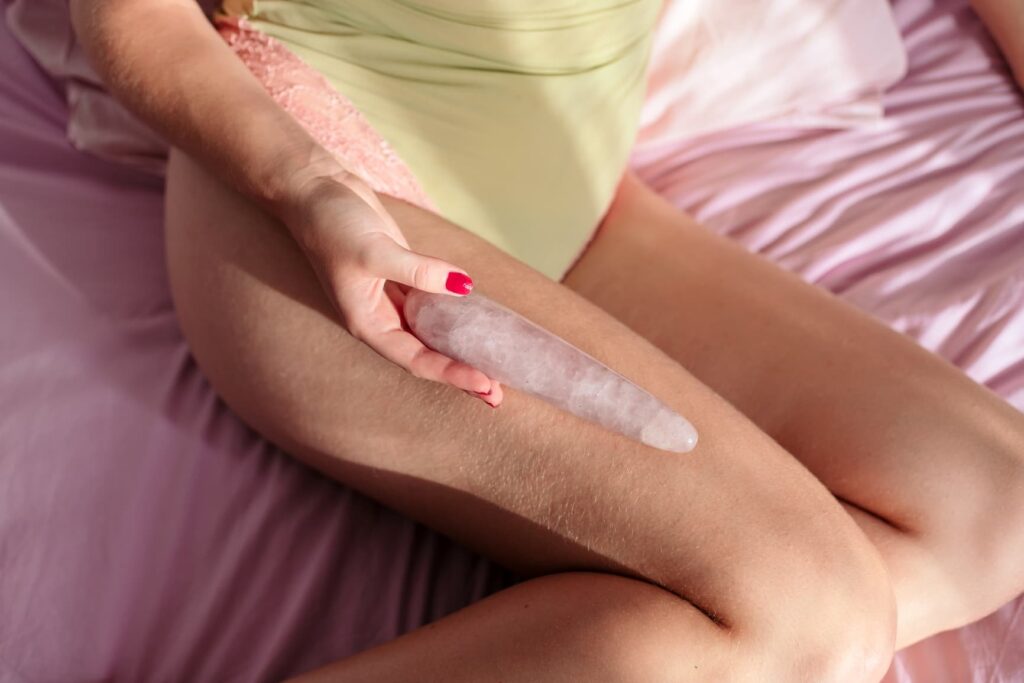
Silicone is often regarded as the gold standard of adult toy materials, and there’s good reason it gets that crown. It’s body-safe, hypoallergenic, and non-porous—which means it doesn’t absorb fluids, bacteria, or other unpleasant things that you don’t want living on or in your favorite item.
Beyond hygiene, it’s also soft in a way that feels natural, luxurious even. Good silicone has this velvety surface and just the right blend of give and firmness. It warms with your body and stays dependable over time.
Whether you’re exploring solo or with a partner, silicone tends to be the safest long-term option—especially if you’re unsure where to start.
And here’s something not everyone knows: not all “silicone” is created equal. Some toys labeled as silicone are actually a mix of materials. Look for “medical-grade” or “platinum-cured” silicone when you want the highest quality and transparency.
Shopping Smarter: What the Label Doesn’t Always Say
Now, when you’re browsing online or in-store, you’ll see plenty of flashy packaging and vague promises—but not always clear information about what a toy is made of. That’s a red flag.
Some retailers, like Shop Erotic, go out of their way to ensure material quality and transparency. They curate selections that aren’t just sexy, but safe. They highlight phthalate-free products, provide real material listings, and offer body-conscious descriptions that go beyond the marketing gloss.
If you’re buying something that’s going to touch your most personal spaces, choosing a store that treats your trust with care makes a difference.
The Not-So-Fun Truth About Jelly and TPR
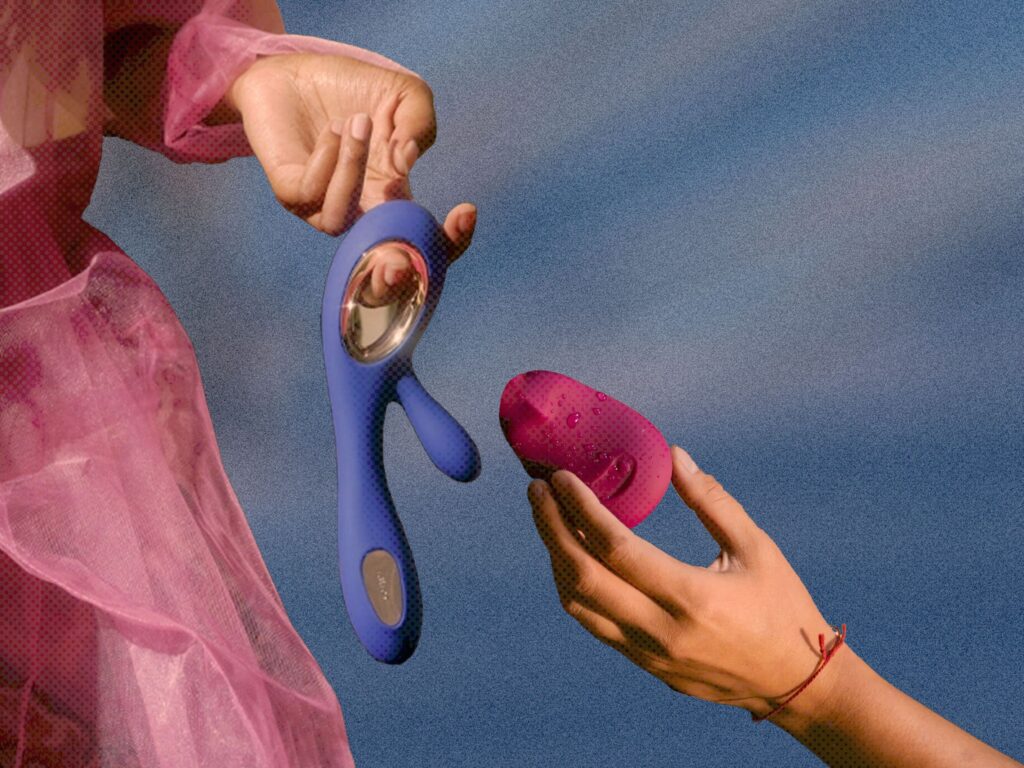
Here’s where things get less cozy. A lot of low-cost toys are made with jelly rubber, PVC, or TPR (thermoplastic rubber). They’re soft, squishy, and cheap—but also porous, meaning they trap bacteria inside, even after cleaning. Some may even contain phthalates, chemicals associated with hormone disruption, though thankfully, many companies have moved away from them in recent years.
People often choose these toys for budget reasons or for their ultra-soft feel. But there’s a hidden cost to using porous materials—especially without protection or regular replacement.
If you do use these kinds of toys, use condoms over them, especially for penetration, and replace them frequently. It’s not ideal, but it’s safer.
Here’s a quick way to spot trouble:
- If it smells strongly of chemicals out of the box—steer clear.
- If the packaging doesn’t clearly state “phthalate-free” or “non-porous”—ask or avoid.
- If it gets sticky over time—that’s breakdown happening.
Hard, Sleek, and Clean: The Case for ABS Plastic and Stainless Steel

Not everyone wants soft and squishy. For some, firmness and precision are what bring things alive. That’s where materials like ABS plastic and stainless steel come in.
ABS plastic is hard, smooth, and non-porous. It’s often found in vibrators, bullet toys, or external massagers. It’s also affordable and lightweight, with a crisp feel. Unlike silicone, it doesn’t flex, but its safety and durability make it a staple in quality products.
Stainless steel is something else entirely—cool, heavy, luxurious. It’s completely non-porous, can be boiled for cleaning, and works beautifully with any lubricant. Some people love it for temperature play; others for its firm, weighted pressure.
These materials don’t just last—they stay reliable, easy to clean, and versatile. If you’re looking for a toy that you can trust over time and with different partners, steel or plastic might be your quiet heroes.
The Unexpected Favorites: Glass and Ceramic
It surprises people, but borosilicate glass and glazed ceramic have become beloved among some intimacy explorers. They’re artisanal, safe, and often beautifully crafted. The kind of toy you leave out because it looks more like sculpture than a product.
Made well, glass toys are strong, hygienic, and excellent for temperature experimentation. Just pop one in a bowl of warm or cool water (never the freezer) and it becomes a sensory experience all its own.
Ceramic toys follow the same principles. The important part? They need to be specifically designed for internal use—don’t DIY it from a pottery studio souvenir.
A Few Words on Lubricant Compatibility
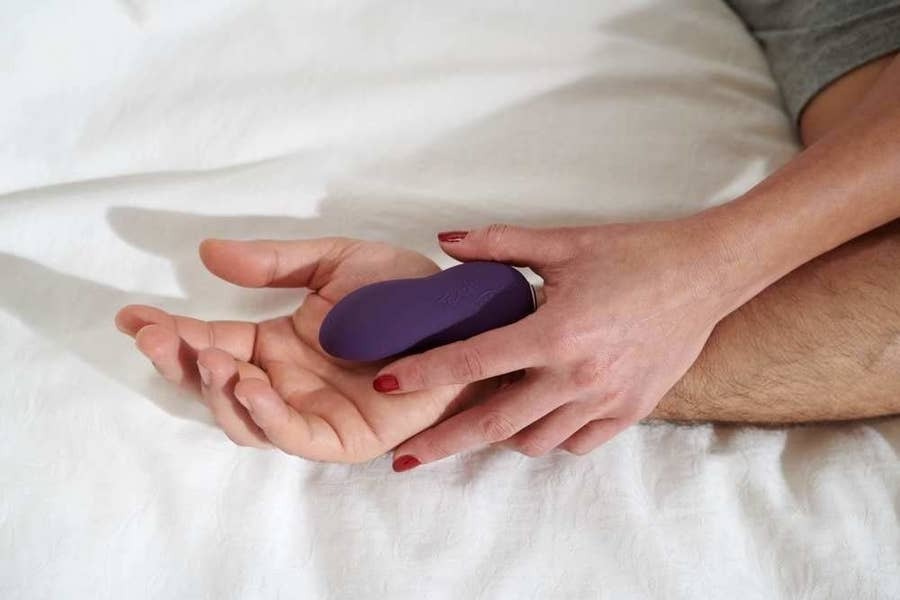
Not all lubes play nice with every material. For example, silicone-based lubes can damage silicone toys—ironic but true. Knowing which lubricants pair well with which materials can extend the life of your favorite item and prevent damage.
Here’s a quick guide:
- Silicone toys: Use water-based lube only.
- ABS plastic: Works with water or silicone-based lubes.
- Metal/Glass: Compatible with all lube types.
- Jelly/TPR: Use water-based only, and always with a condom.
The wrong lube won’t just ruin your toy—it can also introduce irritation. It’s one of those small details that makes a big difference.
How to Clean It—and Why That Depends on the Material
Cleaning your toy isn’t just about hygiene. It’s an act of care, for your body and your tools of pleasure. But the cleaning method has to match the material.
- Medical-grade silicone: Wash with warm water and mild soap. Boil if it’s non-motorized and waterproof.
- ABS plastic: Use mild soap or toy cleaner. Avoid boiling.
- Stainless steel/glass: Wash, boil, or use alcohol wipes.
- Jelly/TPR: Wash gently after each use and replace often. Always store dry.
The cleaner the surface, the better the experience. And frankly, knowing your toy is clean just feels better—emotionally and physically.
Red Flags: When to Rethink a Purchase
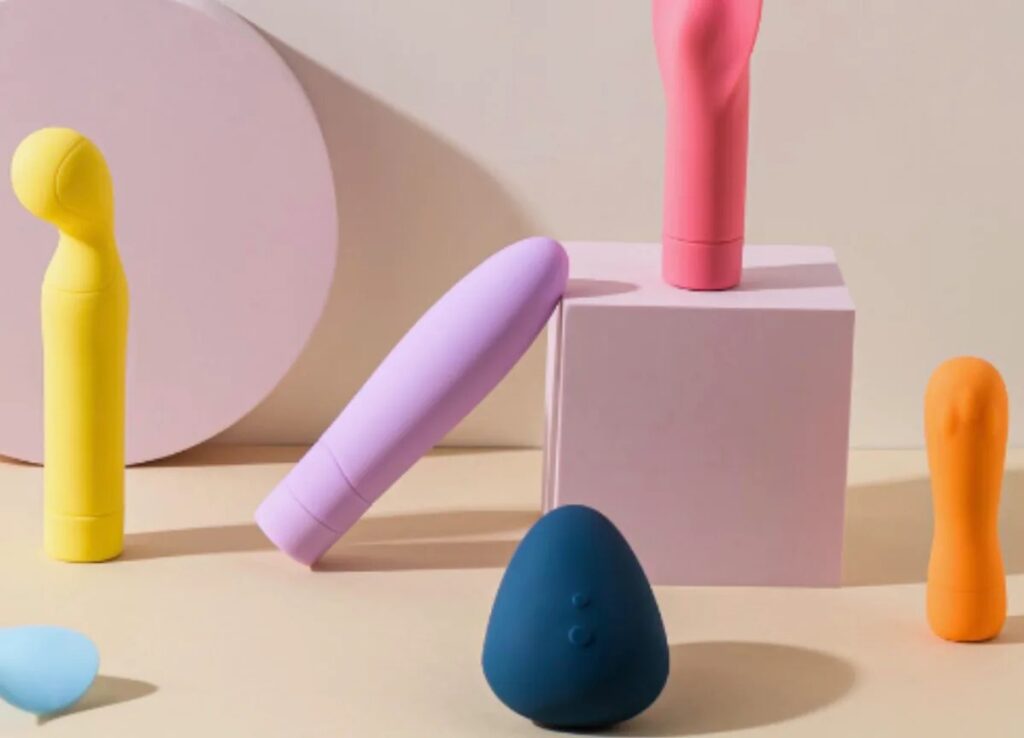
Sometimes it’s not what’s listed—it’s what’s missing. If you’re shopping and the product doesn’t clearly state its materials, that’s a problem. Transparency should be part of the packaging. Look for:
- Clear “body-safe” or “medical-grade” labeling
- Statements like “phthalate-free” or “non-porous”
- No weird plastic smells or oily residues
If you’re not sure what you’re buying—don’t. Or reach out to the seller and ask directly. The brands that are worth your time will have no problem answering.
Material Is Intimacy
Choosing a toy isn’t just about the moment it’s used—it’s about how it feels before, during, and after. If you’ve ever used something that didn’t sit right with your skin or seemed impossible to clean, you know how that awkwardness can linger.
Trusting your toys means trusting their ingredients. Choose products that treat your body like it matters. Because it does.
Pleasure should never be a gamble. And once you know what to look for, it won’t be.

